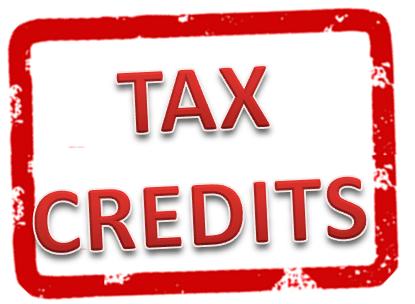IRS Issues Proposed Regs on New Opportunity Zone Tax Incentive
Oct. 24, 2018

The Treasury Department and the Internal Revenue Service today issued proposed regulations and other published guidance for the new Opportunity Zone tax incentive.
Opportunity Zones, created by the 2017 Tax Cuts and Jobs Act, were designed to spur investment in distressed communities throughout the country through tax benefits. Under a nomination process completed in June, 8,761 communities in all 50 states, the District of Columbia and five U.S. territories were designated as qualified Opportunity Zones. Opportunity Zones retain their designation for 10 years. Investors may defer tax on almost any capital gain up to Dec. 31, 2026 by making an appropriate investment in a zone, making an election after December 21, 2017, and meeting other requirements.
The proposed regulations clarify that almost all capital gains qualify for deferral. In the case of a capital gain experienced by a partnership, the rules allow either a partnership or its partners to elect deferral. Similar rules apply to other pass-through entities, such as S corporations and their shareholders, and estates and trusts and their beneficiaries.
Generally, to qualify for deferral, the amount of a capital gain to be deferred must be invested in a Qualified Opportunity Fund (QOF), which must be an entity treated as a partnership or corporation for Federal tax purposes and organized in any of the 50 states, D.C. or five U.S. territories for the purpose of investing in qualified opportunity zone property.
The QOF must hold at least 90 percent of its assets in qualified Opportunity Zone property (investment standard). Investors who hold their QOF investment for at least 10 years may qualify to increase their basis to the fair market value of the investment on the date it is sold.
The proposed regulations also provide that if at least 70 percent of the tangible business property owned or leased by a trade or business is qualified opportunity zone business property, the requirement that “substantially all” of such tangible business property is qualified opportunity zone business property can be satisfied if other requirements are met. If the tangible property is a building, the proposed regulations provide that “substantial improvement” is measured based only on the basis of the building (not of the underlying land).
In addition to the proposed regulations, Treasury and the IRS issued an additional piece of guidance to aid taxpayers in participating in the qualified Opportunity Zone incentive. Rev. Rul. 2018-29 provides guidance for taxpayers on the “original use” requirement for land purchased after 2017 in qualified opportunity zones. They also released Form 8996, which investment vehicles will use to self-certify as QOFs.
More information on Opportunity Zones, including answers to frequently-asked questions, is on the Tax Reform page of IRS.gov. The Tax Reform page will also feature updates on the implementation of this and other TCJA provisions.
Click here for complete list of Opportunity Zones.
